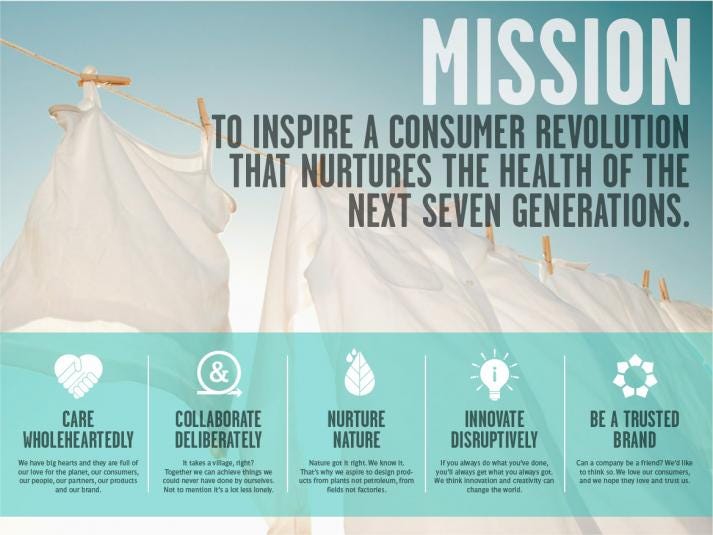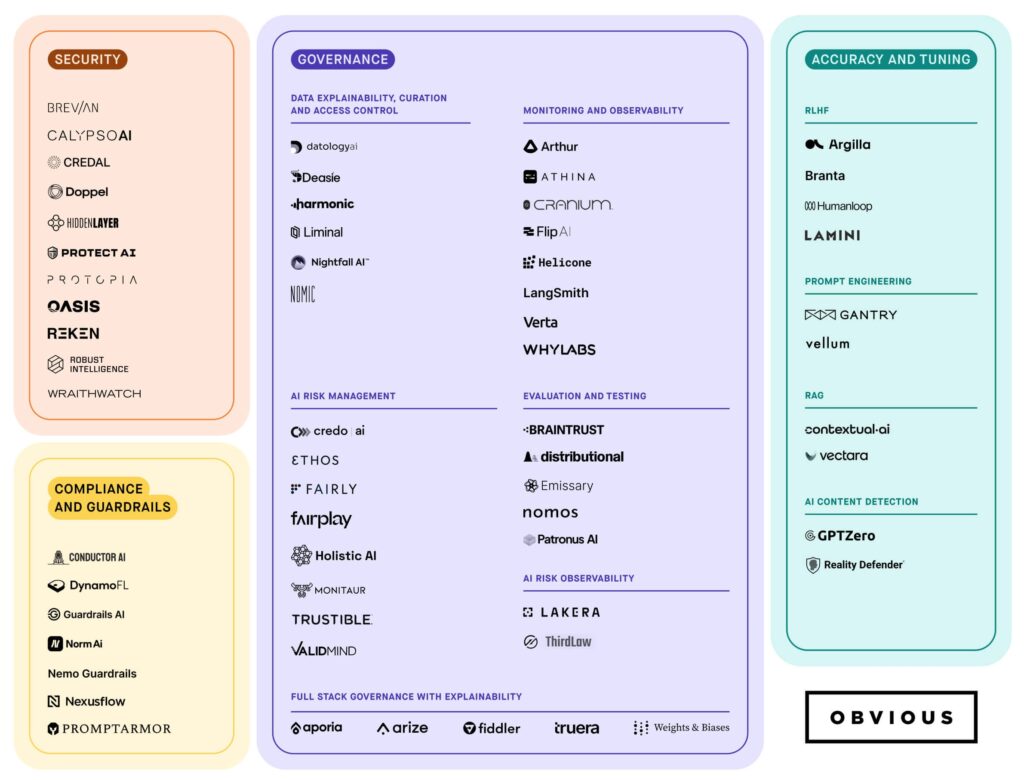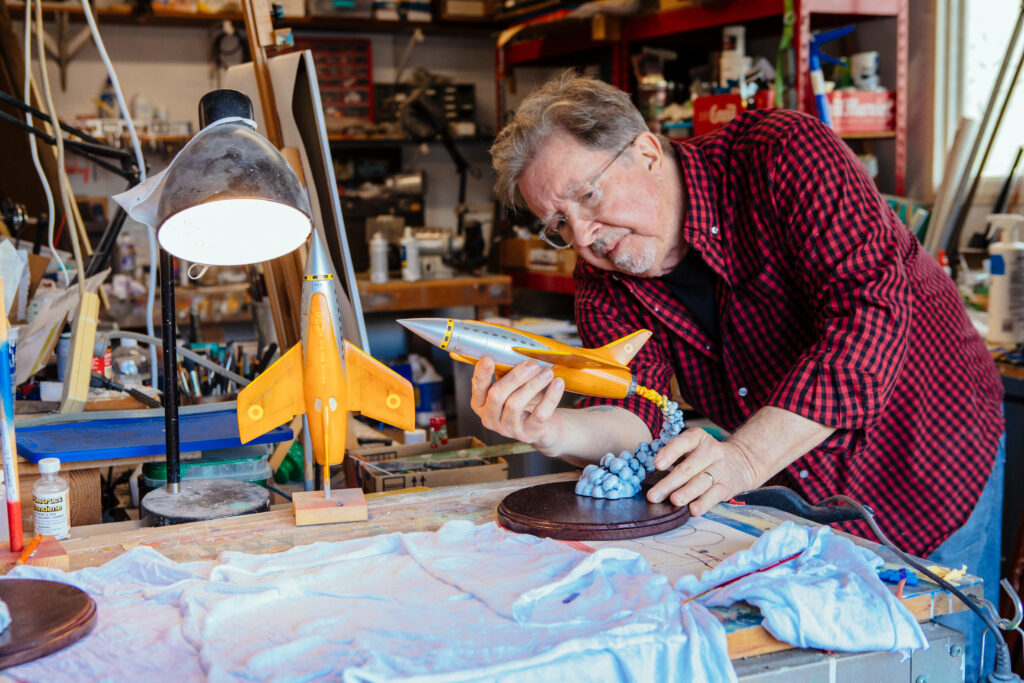Seven Habits of a Highly Effective Board
Lessons Learned From the Board of Directors of Seventh Generation
James Joaquin |

Today, the consumer products company Seventh Generation (SVG) announced it is being acquired by Unilever. For over four years I’ve had the pleasure of serving on the company’s Board of Directors with a ringside seat alongside one of the most highly effective leadership teams and boards I’ve seen in my 29 year career.
My connection to SVG dates back to my time as a Partner at Catamount Ventures. Jed Smith, Catamount’s founder, led the venture investment in SVG and asked me to take on the board role when I joined the firm. For context, understand that SVG is not a startup—it was co-founded in 1988 by Alan Newman and Jeffrey Hollender and has been through many ups and downs over its 28 year history. My chapter has been alongside the company’s current President & CEO John Replogle, who was the CEO of Burt’s Bees prior to joining SVG in early 2011.
After co-founding Obvious Ventures, I continued my board service with SVG because of my strong connection to the team and the company. As a bonus, I get the benefit of rich insights into what a #worldpositive business looks like at scale. Now that’s what I call BobW — best of both worlds!
John and his leadership team have delivered impressive business results while staying true to the mission and values that SVG was built upon. A critical part of John’s success formula has been the creation and cultivation of a highly effective board. John co-leads this effort with Peter Graham, our executive chairman. Here are seven lessons I’ve learned from my journey with the company, that I hope will be inspirational to high-growth startups.

1. Mission-Driven From Top to Bottom
Seventh Generation’s mission is what makes it unique in the sea of sameness that consumer products companies swim in. That mission is articulated at the top, and rigorously applied through the organization, all the way to the formulation, packaging, and transportation of the company’s products.
Unlike companies that have a corporate responsibility department that is a small and separate part of the organization, SVG bakes measurable corporate consciousness goals into the annual operating plan for the whole organization. We even tie part of the executive and employee bonus plans to the achievement of those goals.

2. Diverse Experience Set
The SVG Board is comprised of people with very different experiences. While this may not be as comfortable as a homogeneous group with strong similarities, difference creates advantage on a board.
I mentally group my fellow Directors into three categories:
The Founding Fathers
Three Directors at SVG were very early investors in the company and have deep connections to the founding team and founding values. They provide a critical anchor to the roots and values woven into the fabric of the company.
Peter Graham, our chair, first joined the SVG board in 1994. Michael Zilkha became an investor and board member in 2000, and Gary Alexander in 2003. Peter G. has worn many important hats at SVG over the years and has personally captained our capital raises and M&A activities. Talk about institutional knowledge!
In addition, SVG hit the jackpot with Peter Demuth of Mintz Levin, an experienced and engaged corporate legal counsel that has built a deep understanding of the business over 20+ years of service with the company.
The Industry Experts
SVG is lucky to have two independent Directors that bring a wealth of industry knowledge and perspective to the company: Laura Klauberg, former SVP of Brand and Community at Lululemon, and Jeri Finard, former President of Godiva and Avon.
The Professional Investors
Three Directors, myself included, are VCs and growth investors that fund a wide range of businesses across technology and consumer goods. I’m in great company with Lila Preston, Partner at Generation Investment Management, and Ted Henderson, Partner at Schooner Capital.
Together we help share best practices from other companies and identify new digital trends and disruptions coming on the road ahead.

3. Balancing Strategy and Tactics
Corporate boards need to find their balance and rhythm between company strategy and tactics. John Replogle and his executive team developed an effective approach: strike a deal with the board whereby management rigorously prepares a pre-read of business metrics and updates, and the board invests the time and attention to digest it prior to the board meeting.
This approach allows the CEO and the board to spend their time focused on the critical few questions that matter and avoid getting bogged down in minutia. Different CEOs have different styles on this balance. John’s style is to have each meeting agenda devote some time to business tactics (a 1-year horizon) and strategy (a 5-year horizon).
In addition, John did something quite unique to Seventh Generation by tailoring three of the board meetings on our annual calendar for three very different purposes:
- One meeting per year is held in a different city to get us offsite and focused on a strategy deep dive. Very effective for elevating our lens from the short to long term.
- One meeting per year is spent walking around company headquarters, meeting with teams from each department. Very effective for face to face exposure to employees and their detailed operating plans.
- One meeting per year is held at Expo West, a large consumer products trade show in Anaheim California. Here the board gets first hand exposure to the company’s sales team, key retail customers, and a ground truth view of the competitive landscape.

4. Coherent Risk-taking
The level of market risk a company takes is often a push and pull between the leadership team and the board. With annual revenues over $200 million, SVG has reached the size and scale that requires dedicated resources for high-risk investments into new categories. Under John’s leadership, the board prioritized a series of growth initiatives and the company created dedicated “10X” teams for each. This is the consumer products equivalent of a Google 100X ‘moonshot’.
These 10X teams have demonstrated great agility with rapid experimentation and testing. When they achieve validated learning and market fit, new products are transitioned over to the core business team for scale.
This structure allows us to keep the core business focused on rational, achievable growth in our core categories, while simultaneously investing in the rapid exploration of new growth categories for the company. Anyone who has worked in a medium-to-large corporation knows that doing simultaneous anything is a big accomplishment!

5. Consistent Investment in People
While all great companies share the attribute of investment in their people, SVG took a thoughtful approach to this at the board level. We think of it as a two way street: how can the board help develop employees and executives, and conversely how can the company help the development of the board?
At the center of SVG’s strength here is a seasoned HR executive who partnered with John and Peter G. to create deep, personalized development plans for managers and executives throughout the organization. Part of these plans included pairing execs with board members for mentoring and knowledge exchange. In addition, the board takes an active role in the design of compensation and incentive plans for the team. In my tenure with SVG, I saw two talented VPs grow into GM roles and take on the leadership of the two business units within the company.
Seventh Generation invested in its board through regular workshops led by industry experts. Two of my favorites were a deep dive into diversity and hidden bias with Freada Kapor Klein, and a half day session on unlocking growth with Michael Silverstein, a senior leader at Boston Consulting Group and co-author of Rocket.

6. Working Committees That Really Work
This is table-stakes for any Board of Directors: create committees that provide leadership, direction, and oversight in areas like finance, compensation, board composition and tenure.
At SVG, I was pleased to see that board committees were truly empowered to have ownership over important board-level decisions; they were not just window dressing or a facade for compliance. As an active chairman, Peter G. leads this charge and is great about trusting board committees while at the same time holding our feet to the fire to do the real work required for results.
To keep perspectives fresh, we rotate on and off of board committees in multi-year intervals. This is a great way to cross-train board member skills.

7. Feedback and Reflection
The biggest challenge for a high functioning board is to keep growing and improving. It’s easy to get comfortable in a way of working that’s working.
At Seventh Generation, we try to practice direct and open feedback at the board level. This happens both in real time conversation as well as structured feedback surveys.
Like most boards, we review the performance of our CEO on regular intervals. Unlike most boards, we also practice receiving feedback from our CEO on how we can better serve the management team and the company. All in service of our overall mission to nurture the health of the next seven generations.



